Armin Linke
Instruments of Vision
EXPOSICIÓN DO INSTITUTO GALEGO DE FÍSICA DE ALTAS ENERXÍAS [IGFAE] E ARTS AT CERN
-
Place
Igrexa da Compañía de Santiago de Compostela
-
Date
21.06.2024
21.09.2024 -
Guided tours
7:00 PM to 8:00 PM
June 25th
July 16th and 23rd
August 20th and 27th
September 19th
Book your slot -
Opening hours
Tuesday to Saturday
11.00 – 20.00 -
Access
Free admission
● On the occasion of the 25th anniversary of the IGFAE [Instituto Galego de Física de Altas Enerxías] and the 70th anniversary of the founding of CERN, both institutions are joining together to promote new ways of encounter between art and science, embraced by the Igrexa da Universidade. This exhibition, curated by Mónica Bello, Head of Arts at CERN, gathers photographs by the artist Armin Linke, taken in recent decades during his visits to large experimental facilities, such as the European Organization for Nuclear Research [CERN].
Instruments of vision is an exhibition by the artist Armin Linke that will be held at the Igrexa da Universidade in Santiago de Compostela from 21 June to 28 August 2024. The exhibition is made up of 16 works that compile the observation of the scientific work that, for more than two decades, Armin Linke has carried out in different experimental facilities of particle physics.
In these images, Linke shows how international scientific collaboration has succeeded in generating highly complex instruments that make it possible to observe and understand the workings of the most fundamental elements of matter. The readings of these photographs are enriched and set in the context of a baroque church, inviting us to reflect on the connections between science, culture and society.
This exhibition commemorates the 25th anniversary of the Instituto Galego de Física de Altas Enerxías (IGFAE), a research centre present in some of the most important international scientific collaborations, such as the laboratories of the European Organization for Nuclear Research (CERN). For this exhibition, Armin Linke incorporates a series of works that reflect the work carried out by the IGFAE staff.

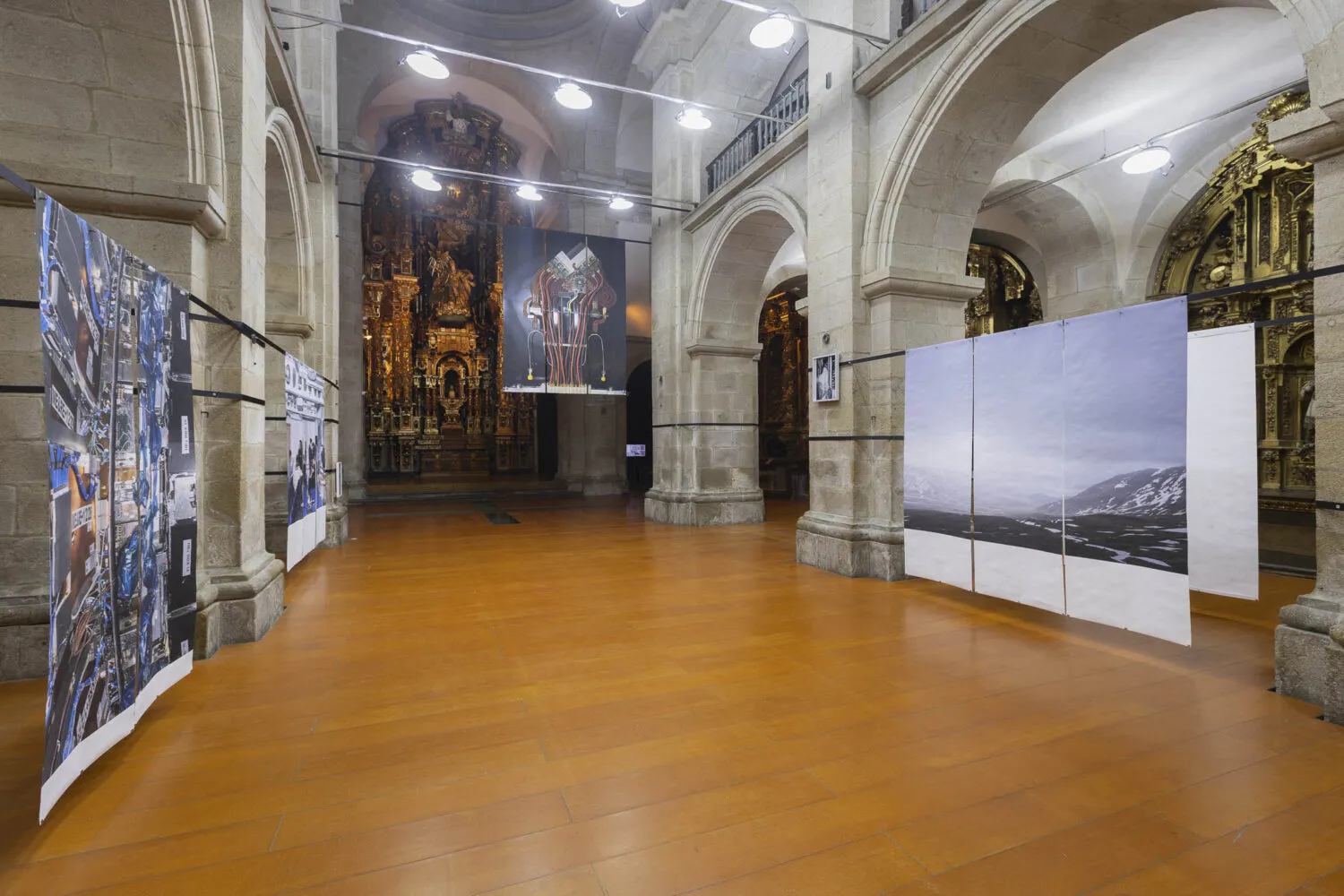

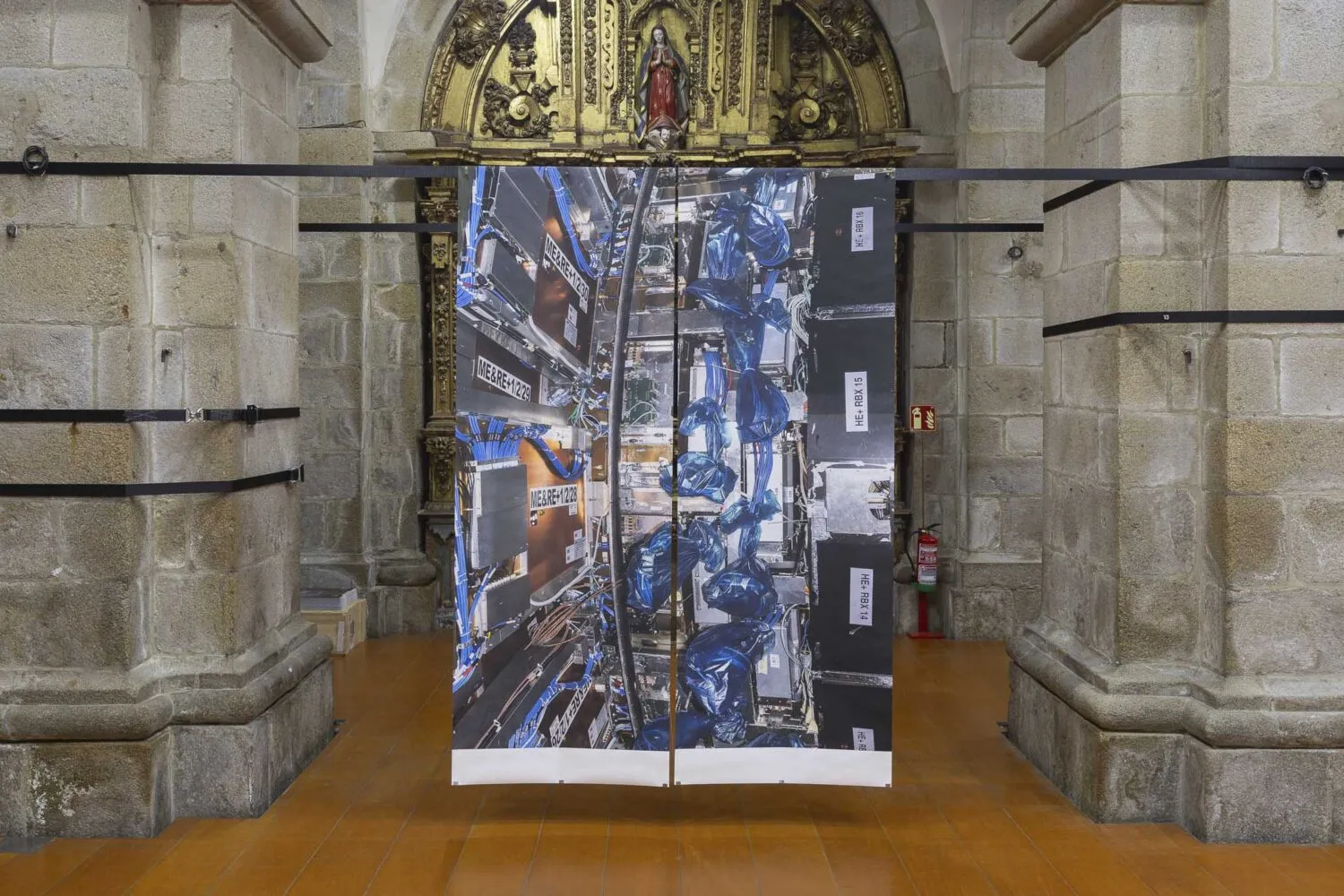
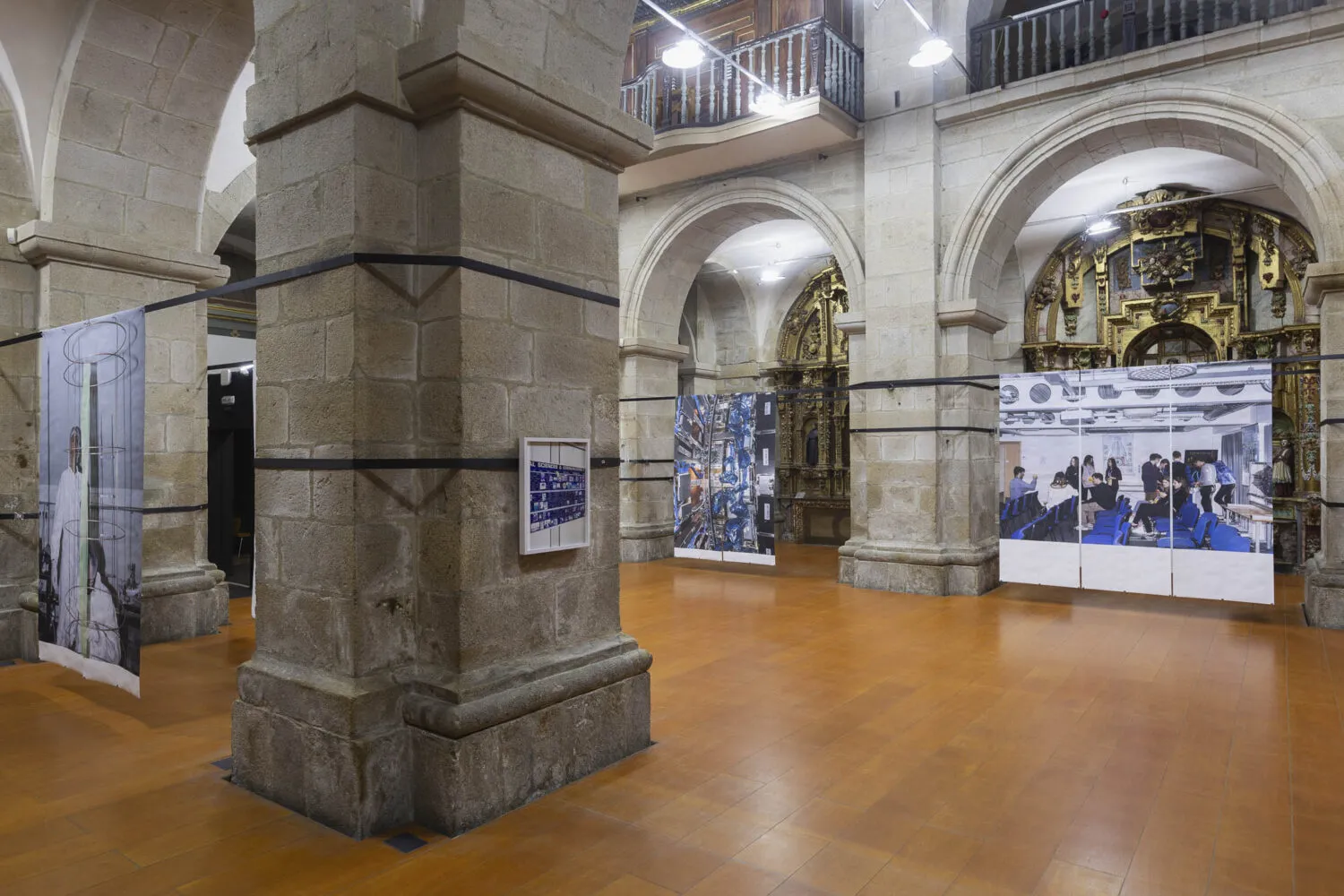
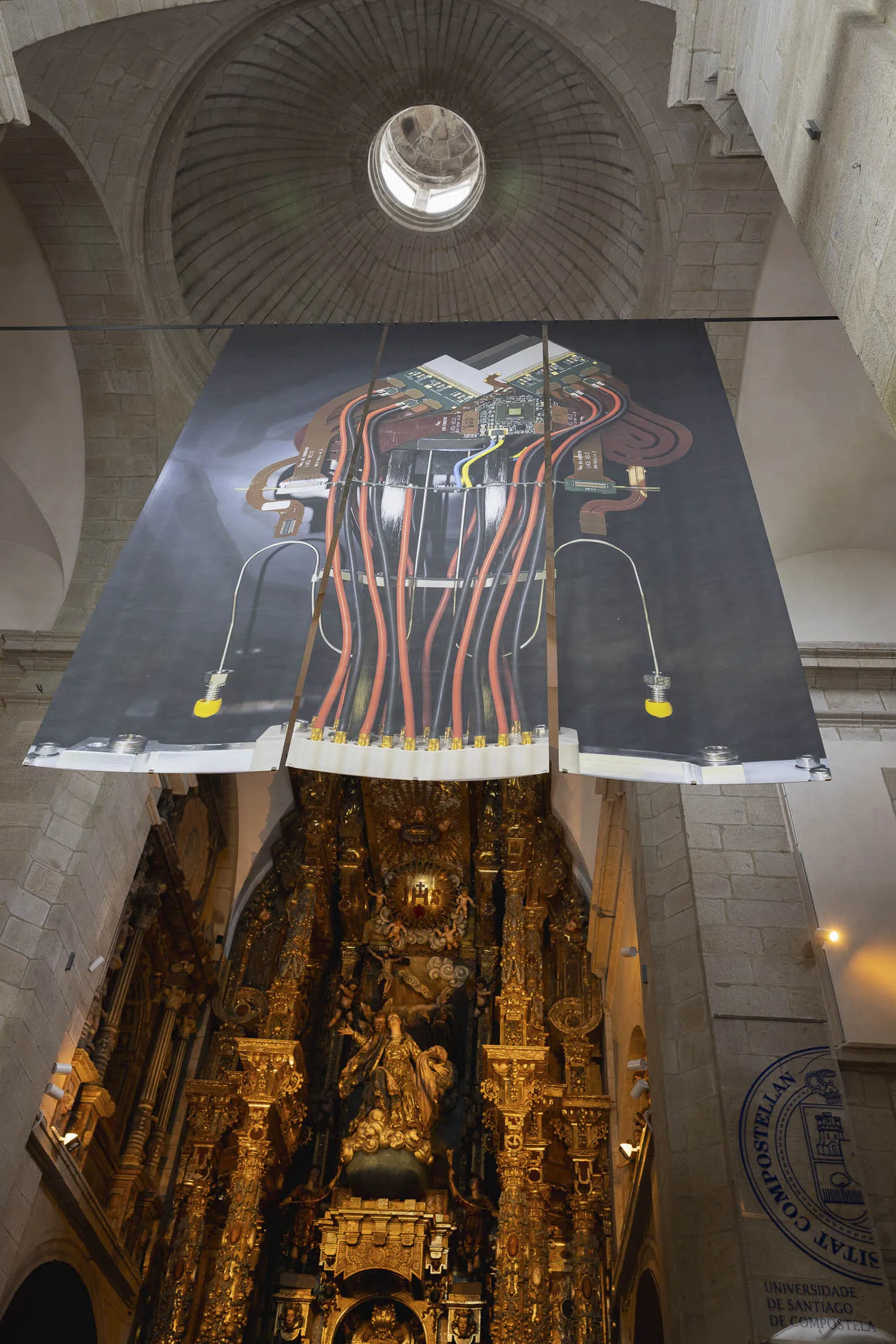
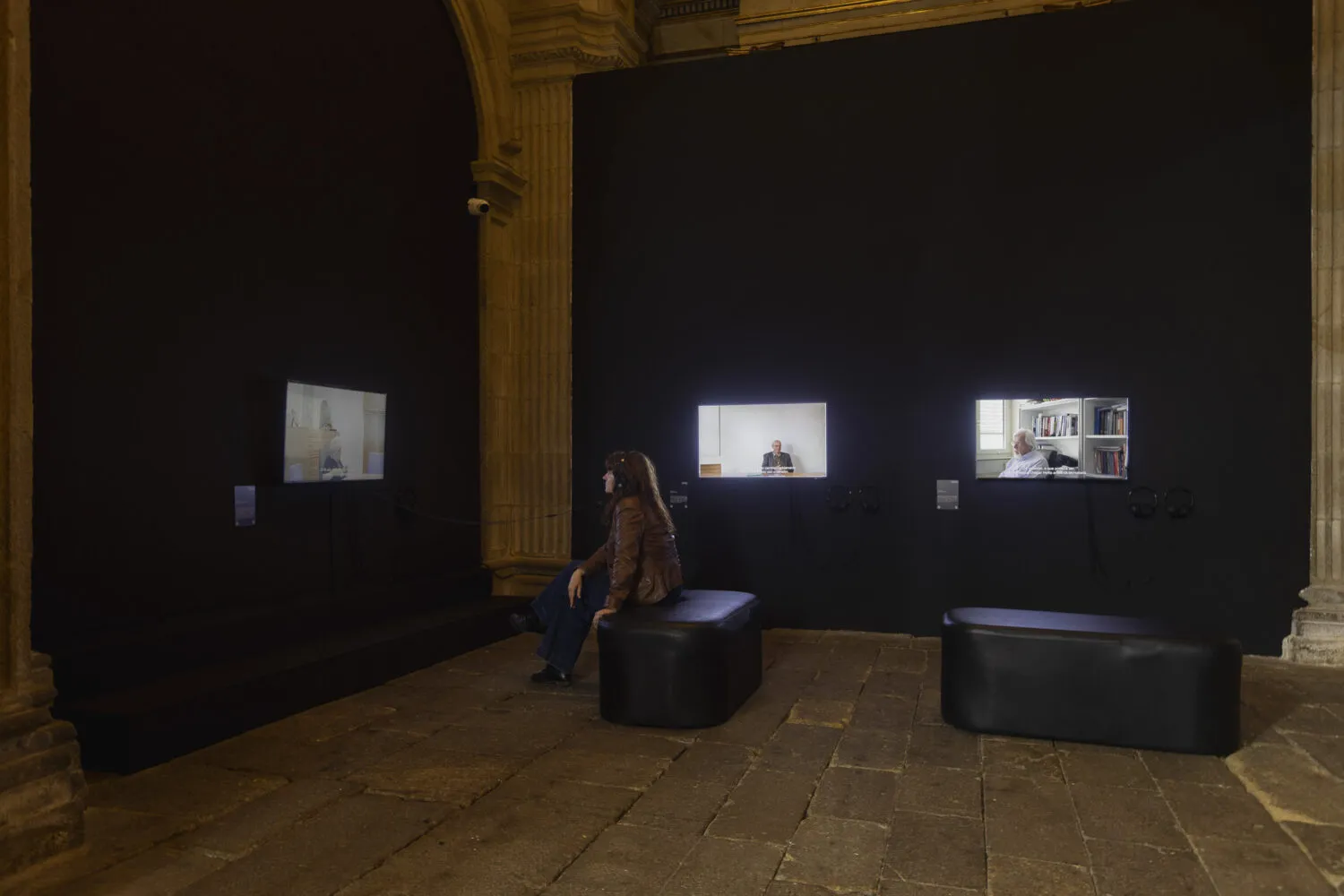

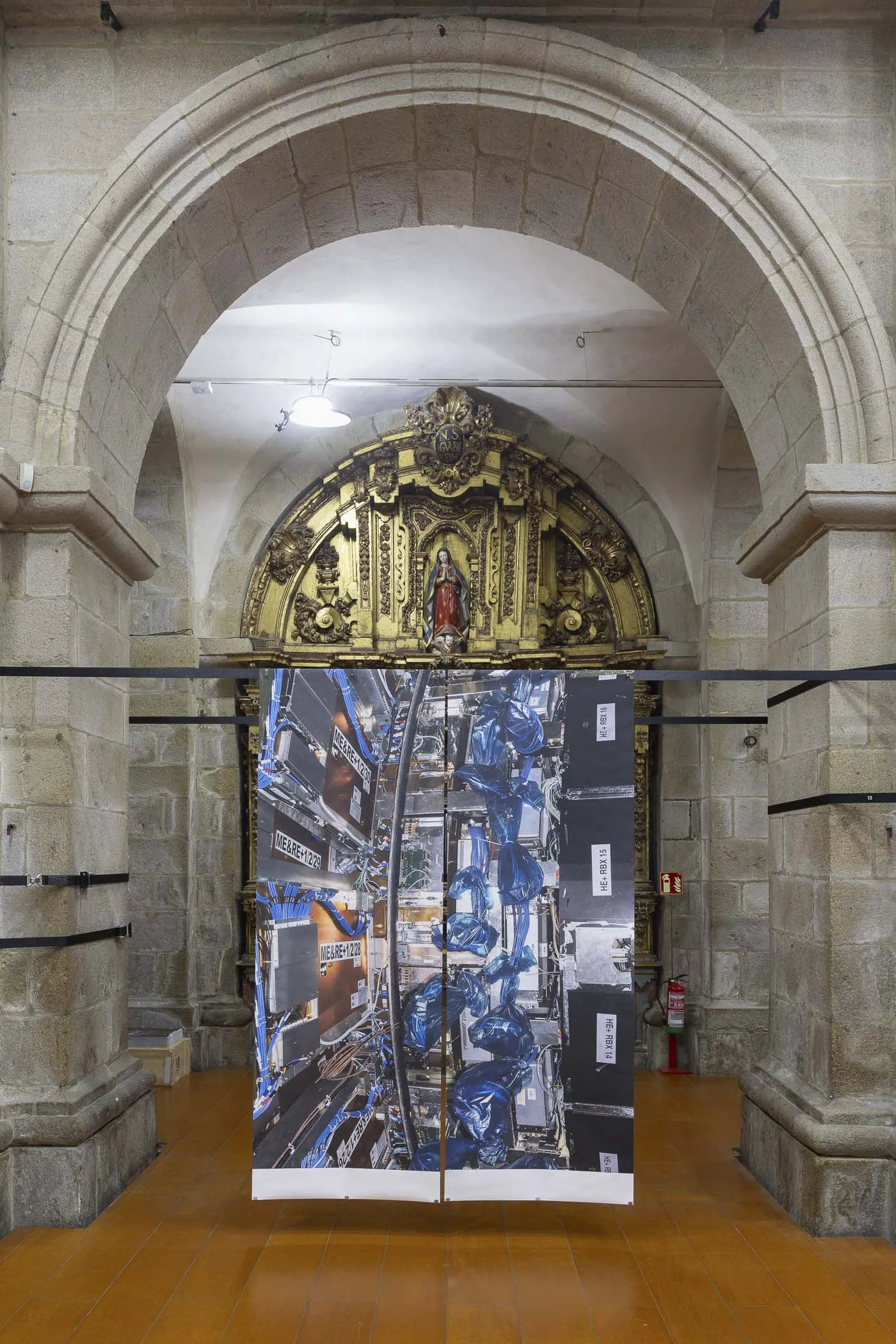
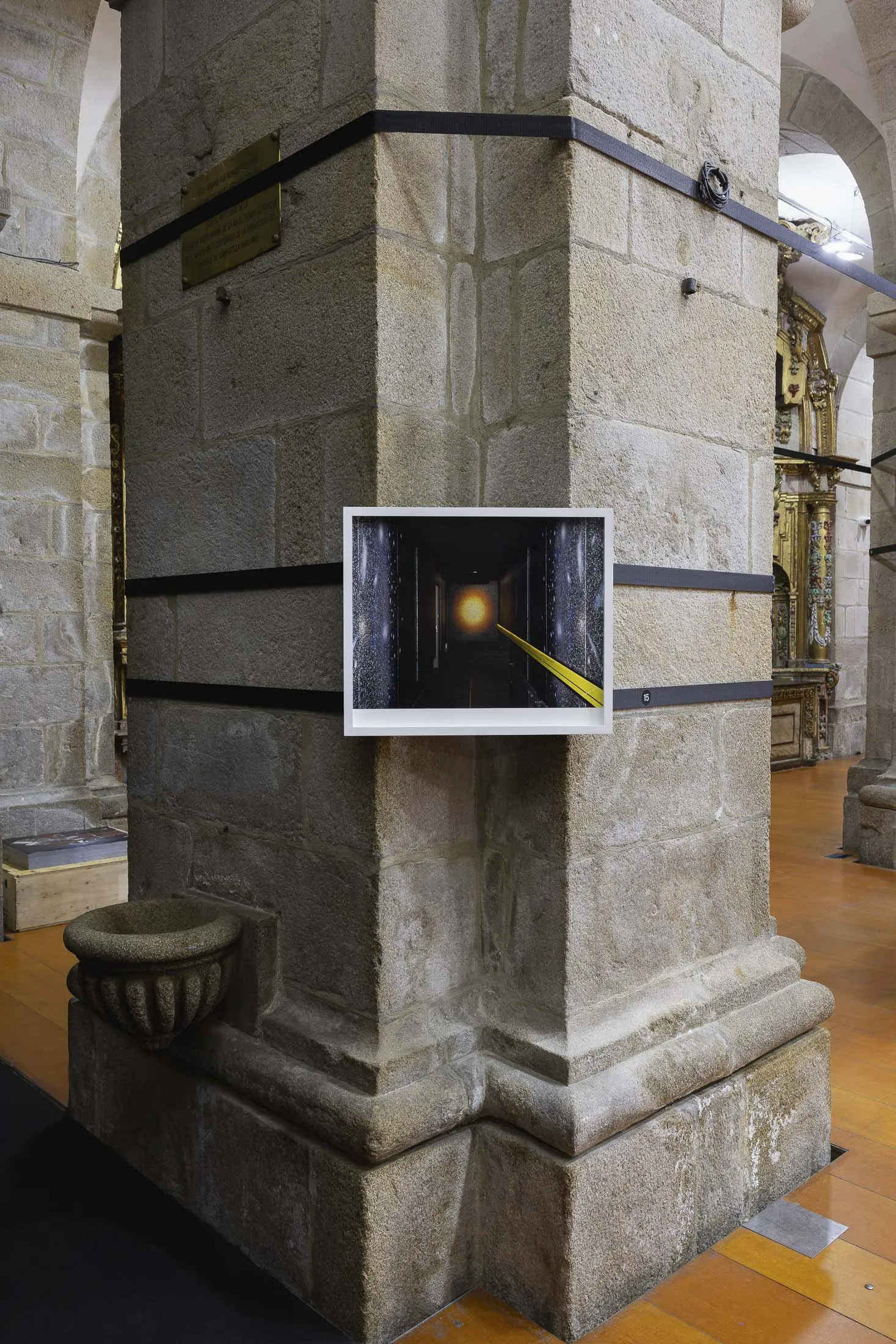

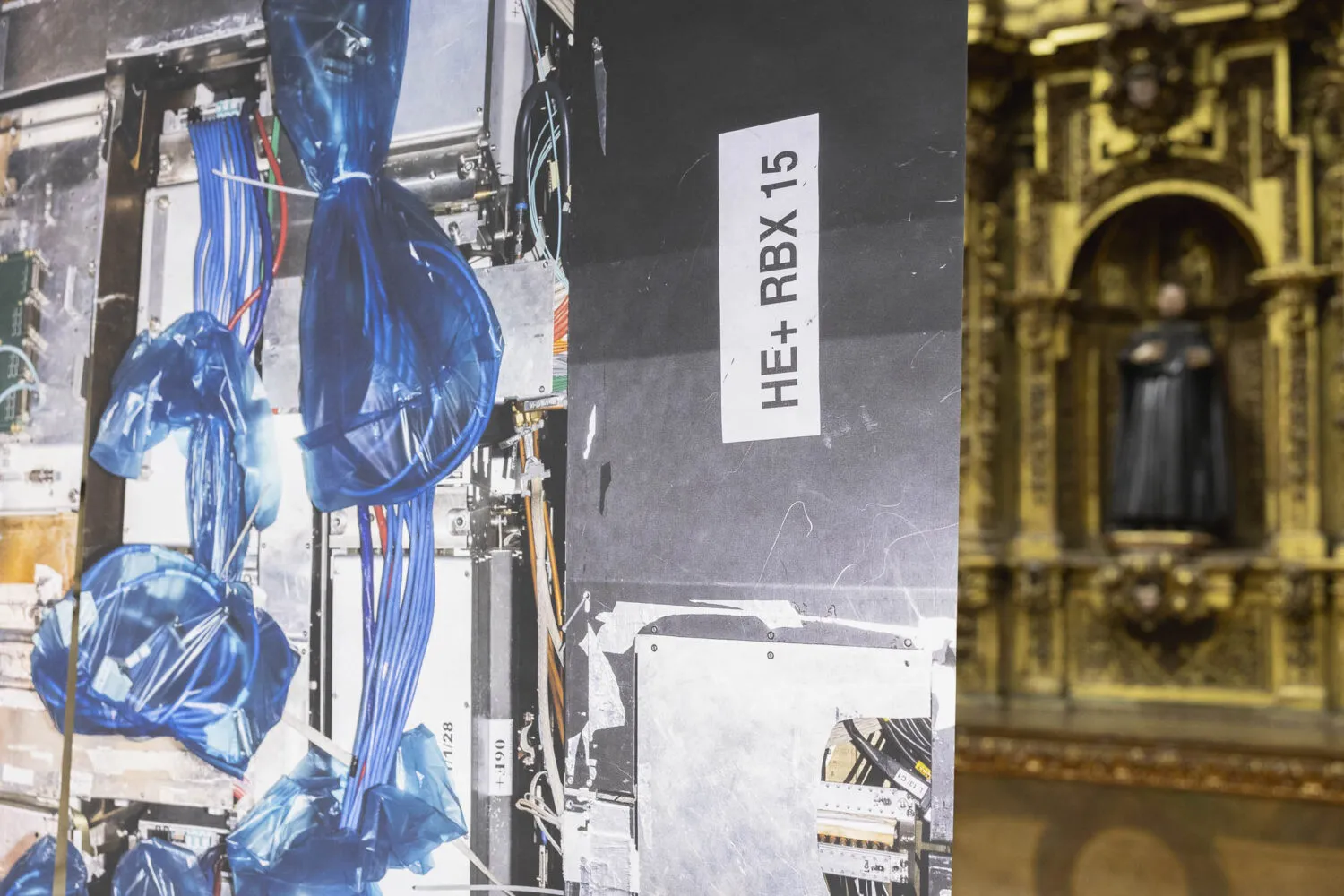
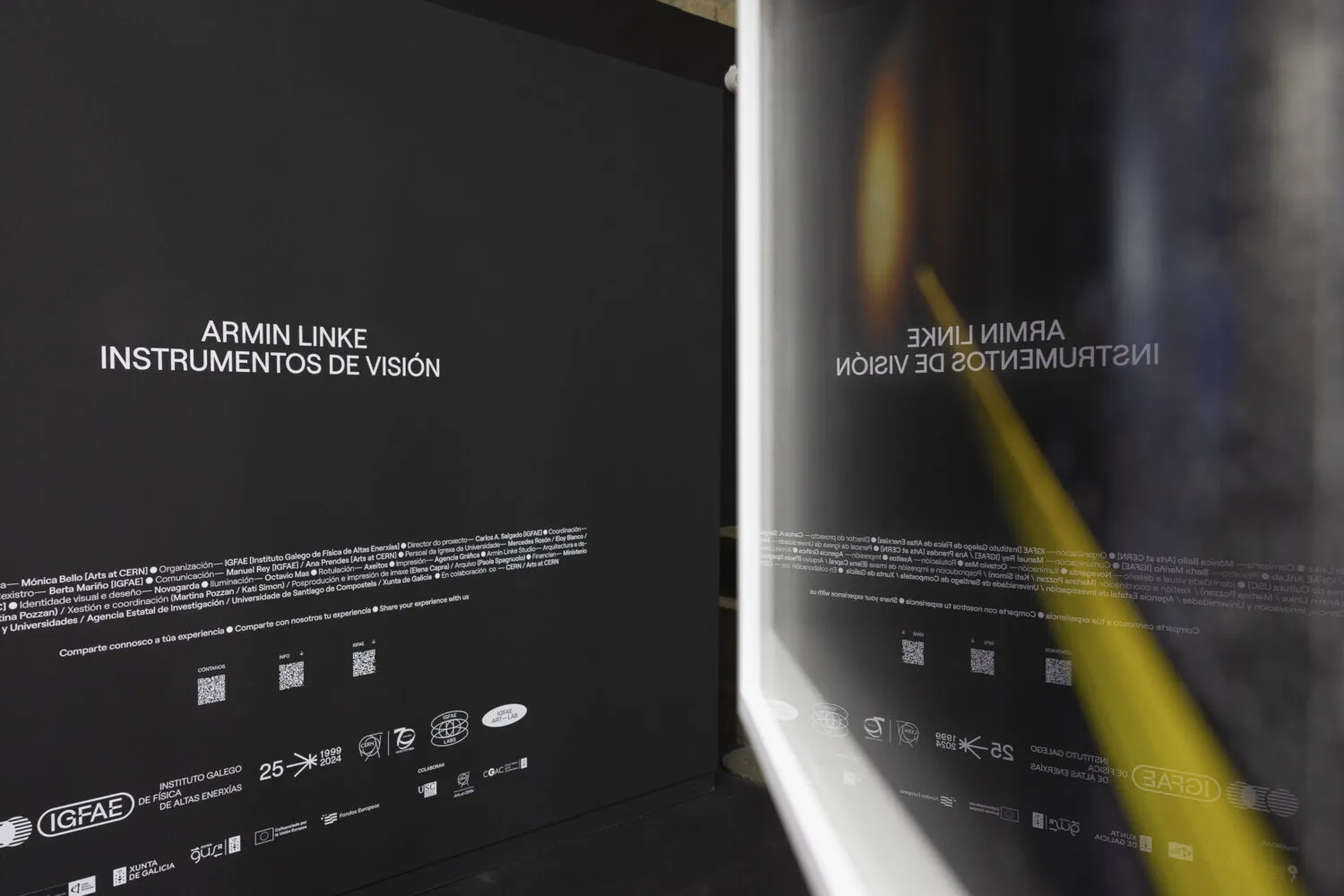
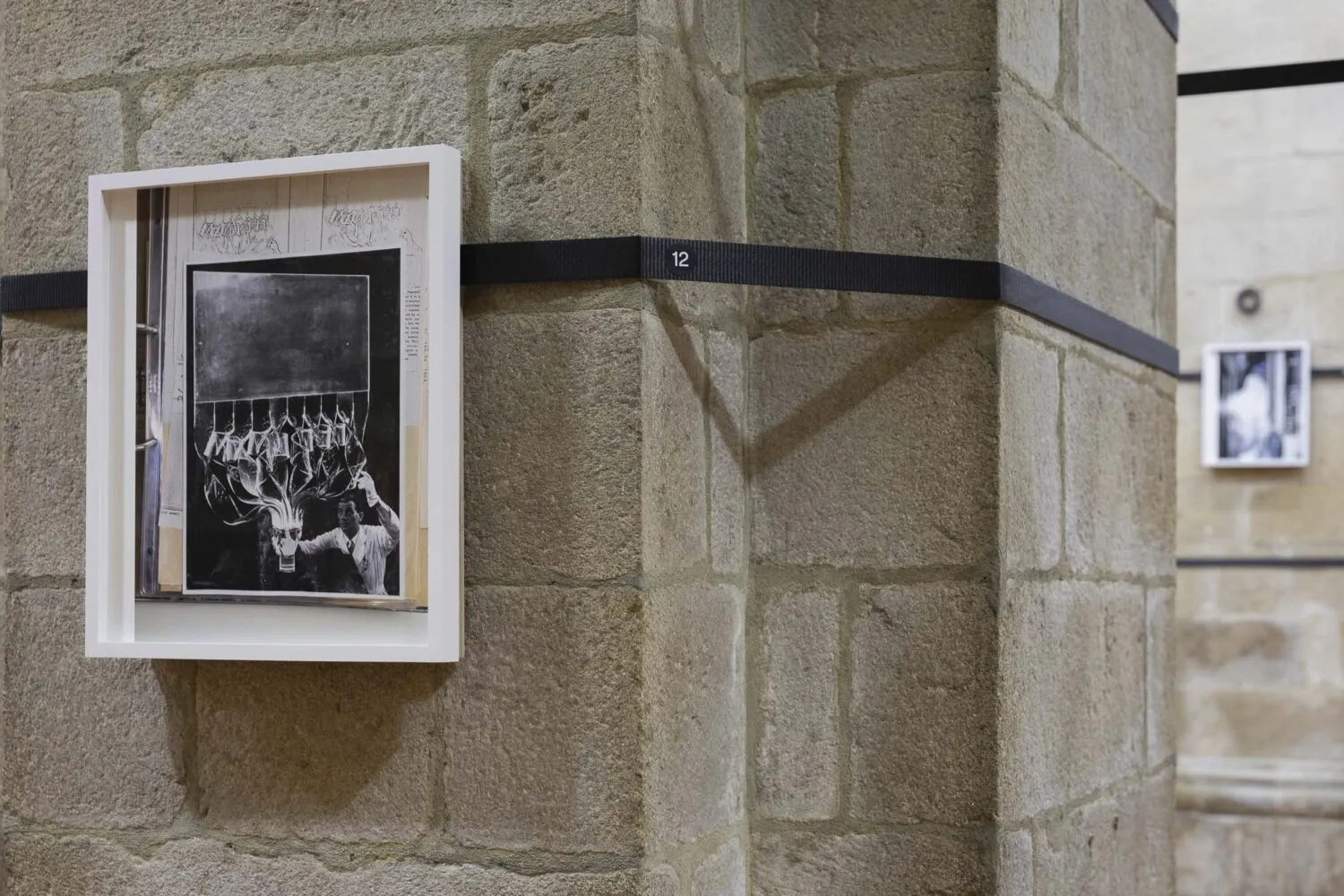
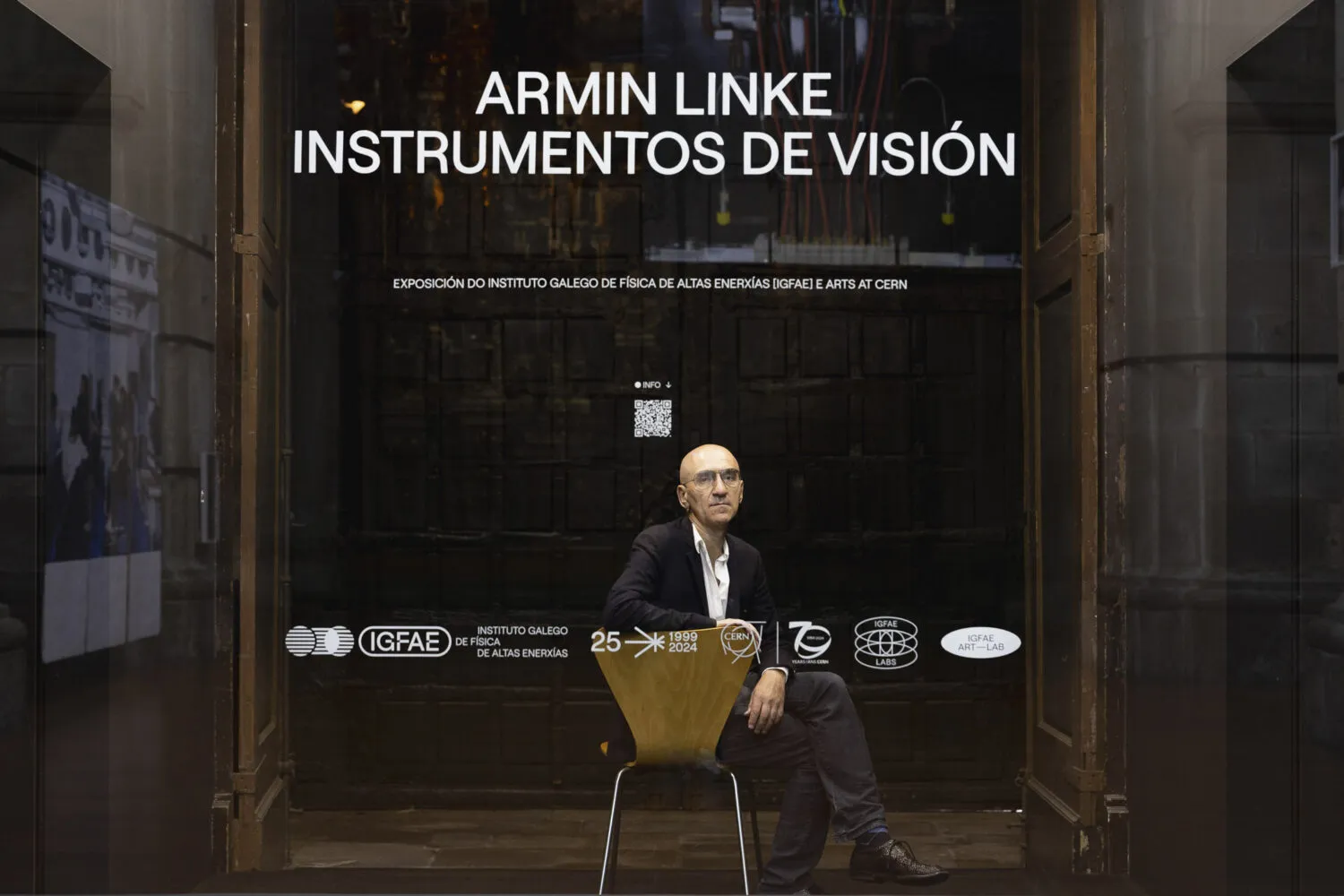
Related activities
In the context of this exhibition, the IGFAE has organised a series of activities that will begin on Saturday 22 June with the conversation “Science and the contemporary condition”, which will take place at the Centro Galego de Arte Contemporánea (CGAC). The artist, Armin Linke, will be accompanied by Mónica Bello, curator of the exhibition and director of Arts at CERN, and the director of the IGFAE, Carlos Salgado.
During the opening period of the exhibition, several guided tours will be organised. They will take place on 25 June, 16 and 23 July, 20 and 27 August and 19 September. Prior registration is required, using this form.
Armin Linke (b. 1966, Milan) is an artist working with photography and film by setting up processes that question the medium, its technologies, narrative structures, and complicities within wider socio-political structures. His oeuvre functions as a collection of tools for demystifying different design strategies and languages. In a collective approach with other creatives, researchers and scientists, the narratives of his works expand on the level of multiple discourses, centring the questions of installation and display.
Linke‘s works have been exhibited internationally. His installation Alpi won the special prize at the 2004 Venice Biennale of Architecture and Image Capital was awarded the Kubus.Sparda Art Prize in 2019.
Recent solo exhibitions include: Image Capital (with Estelle Blaschke), Centre Pompidou, Paris, Deutsche Börse Photography Foundation, Eschborn/Frankfurt, MAST, Bologna, and Museum Folkwang, Essen, 2022-2023; Earth Indices. Processing the Anthropocene (with Giulia Bruno), HKW, Berlin, 2022; Blind Sensorium, Matadero, Madrid, 2021 and Museo Archeologico Nazionale Domenico Ridola, Matera ECoC 2019.
Former MIT Visual Arts Program research affiliate, guest professor at the IUAV Arts and Design University in Venice, professor of photography at the Karlsruhe University for Arts and Design, artist in residence at the KHI Florenz, and guest artist at the CERN Geneva, Linke is currently a professor at the Academy of Fine Arts Munich and a guest professor at ISIA Urbino.

Over the last century, science has profoundly shaped our world. Technical advancements and concepts such as relativity and quantum mechanics have revolutionized our perception of space, time, and matter. This evolution has been driven by a strong emphasis on experimentation and the development of complex instruments of vision. Furthermore, the interconnectedness of science and the experimental culture of the laboratory has fostered an intricate relationship between experimentation, logic, and scientific knowledge, fundamentally shaping our understanding of nature.
Instruments of Vision departs from conventional contexts, delving into the dynamic interplay between scientific cultures within the laboratory environment, highlighting its central role. Armin Linke has been invited to transform the space of the Igrexa da Universidade, prompting reflection on the intricate intertwining of laboratory life and the dynamics molded by scientific experimentation. Linke’s intervention invites us to observe and participate in the process of scientific inquiry, exploring its spaces, insights, and, ultimately, its impact on our understanding and perceptions of the world.
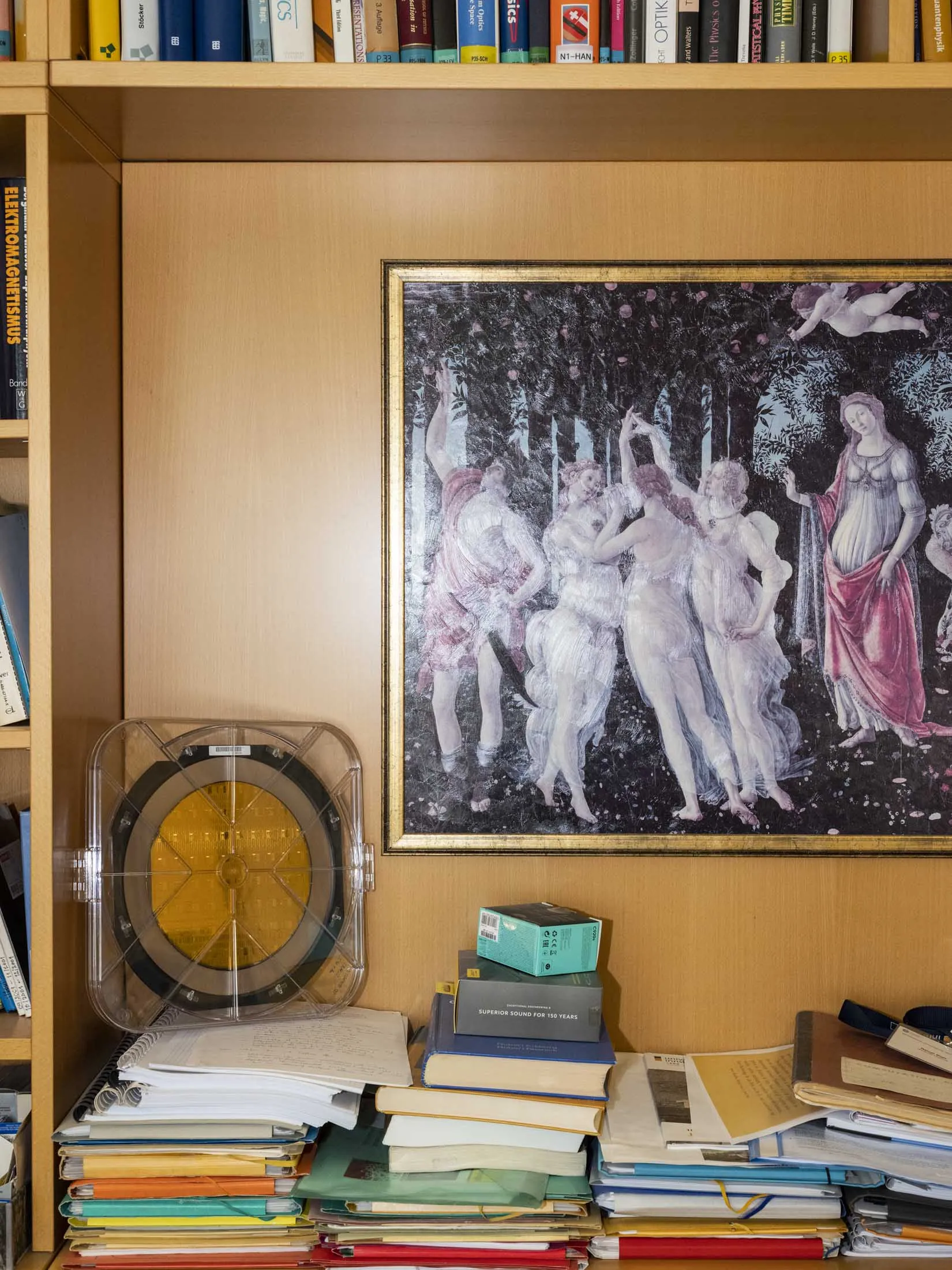
Over two decades, the artist has portrayed the research spaces of CERN, and has recently been invited to transfer his practice to the IGFAE. In this way, the exhibition takes place within the framework of the celebration of the 70th anniversary of the founding of CERN, and twenty-five years of the IGFAE. The images captured by Linke show the contemporary fascination with science, while also recognising that it is in these research spaces where the world is examined through the lens of scientific objectivity. In the baroque setting of the Igrexa da Universidade, it is surprising to come across Linke’s scientific photographs surrounded by this singular and unique atmosphere.
Instruments of Vision also reflects on how science is not a solitary endeavour. Rather, it is shown as a collective effort involving human actors and socially intertwined environments, comprised of research staff, instruments, artefacts and laboratory materials. Through her representation, Linke hints at the fact that science is first and foremost a “compositional process” in which multiple elements come together to shape contemporary understandings of the world.
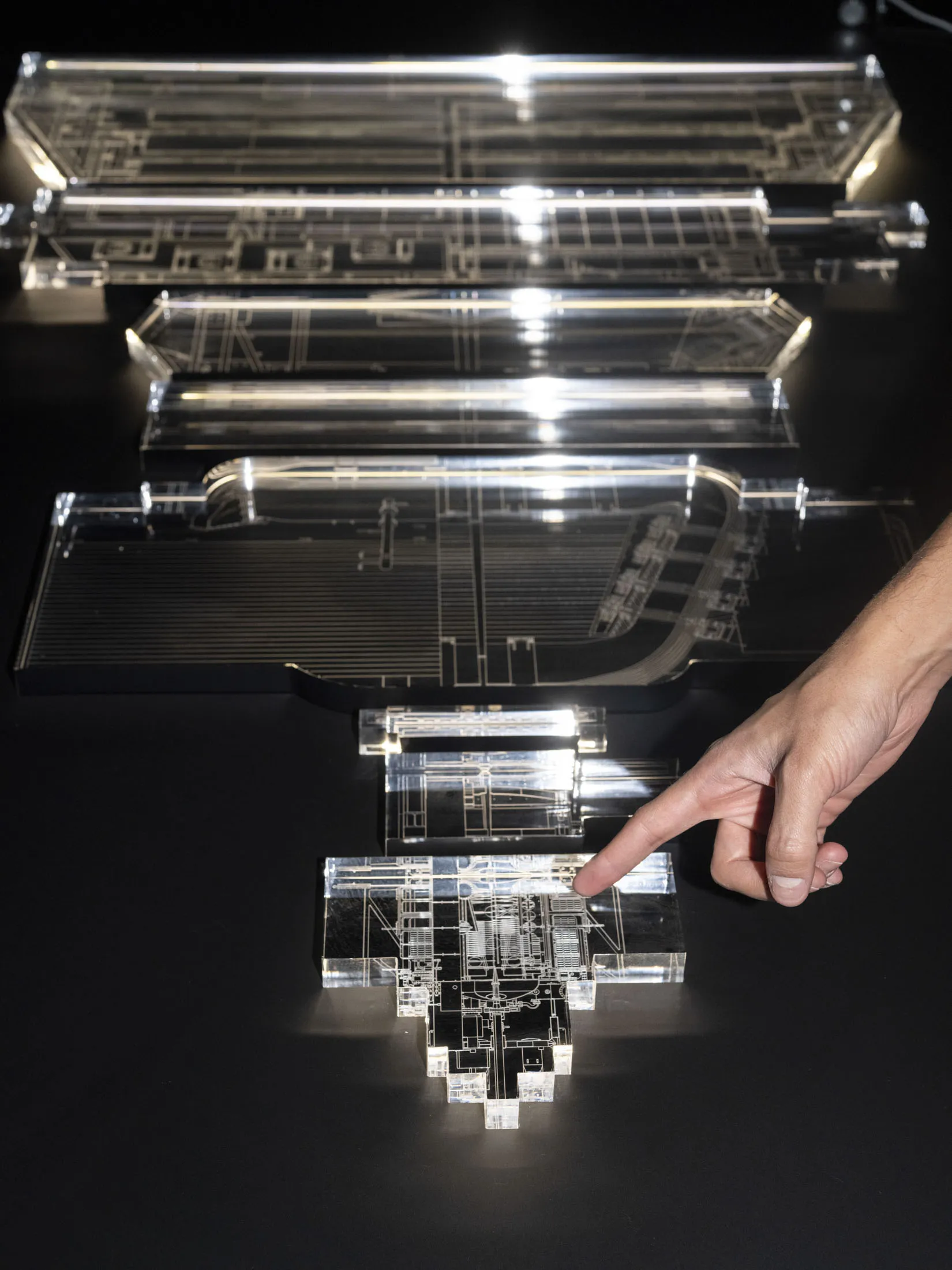
Curator and art historian, Mónica Bello is head of Arts at CERN, the art programme at CERN, in Geneva. In this role she oversees the lab’s various artistic initiatives, directing the design and implementation of the different artistic programmes, residencies, artistic productions, and exhibitions. Since 2015, she has overseen international collaborations with cultural and scientific institutions to promote innovative encounters between art and science. As a curator, she has recently developed the inaugural exhibition of CERN Science Gateway, Exploring the Unknown, 2023; Dark Matters, at Science Gallery Melbourne, 2023; or Perpetual Motion, for the Icelandic Pavilion of the Venice Biennale, 2022. He is currently preparing the exhibition Quantum Visions for Tabakalera, Donostia, which opens in 2025. Prior to her arrival at CERN, Bello was artistic director of VIDA (2010-15), an international programme dedicated to art and technology at the Fundación Telefónica.

It is a research centre created in 1999 by the University of Santiago de Compostela and the Xunta de Galicia. It was born with the aim of coordinating and promoting scientific and technical research in the fields of High Energy, Particle and Nuclear Physics, and related areas such as Astrophysics, Medical Physics or Instrumentation.
Since its foundation, the IGFAE staff has participated in some of the largest experimental facilities in the world, such as the Large Hadron Collider (LHC) at CERN. It currently has a team of more than 130 people.
The IGFAE’s scientific work and its international projection have twice earned it recognition as a María de Maeztu Unit of Excellence, awarded by the Spanish State Research Agency. It is, so far, the only Galician centre to have obtained this prestigious seal.
The IGFAE also has the accreditation of excellence of the Galician Network of Research Centres, granted by the Xunta de Galicia.
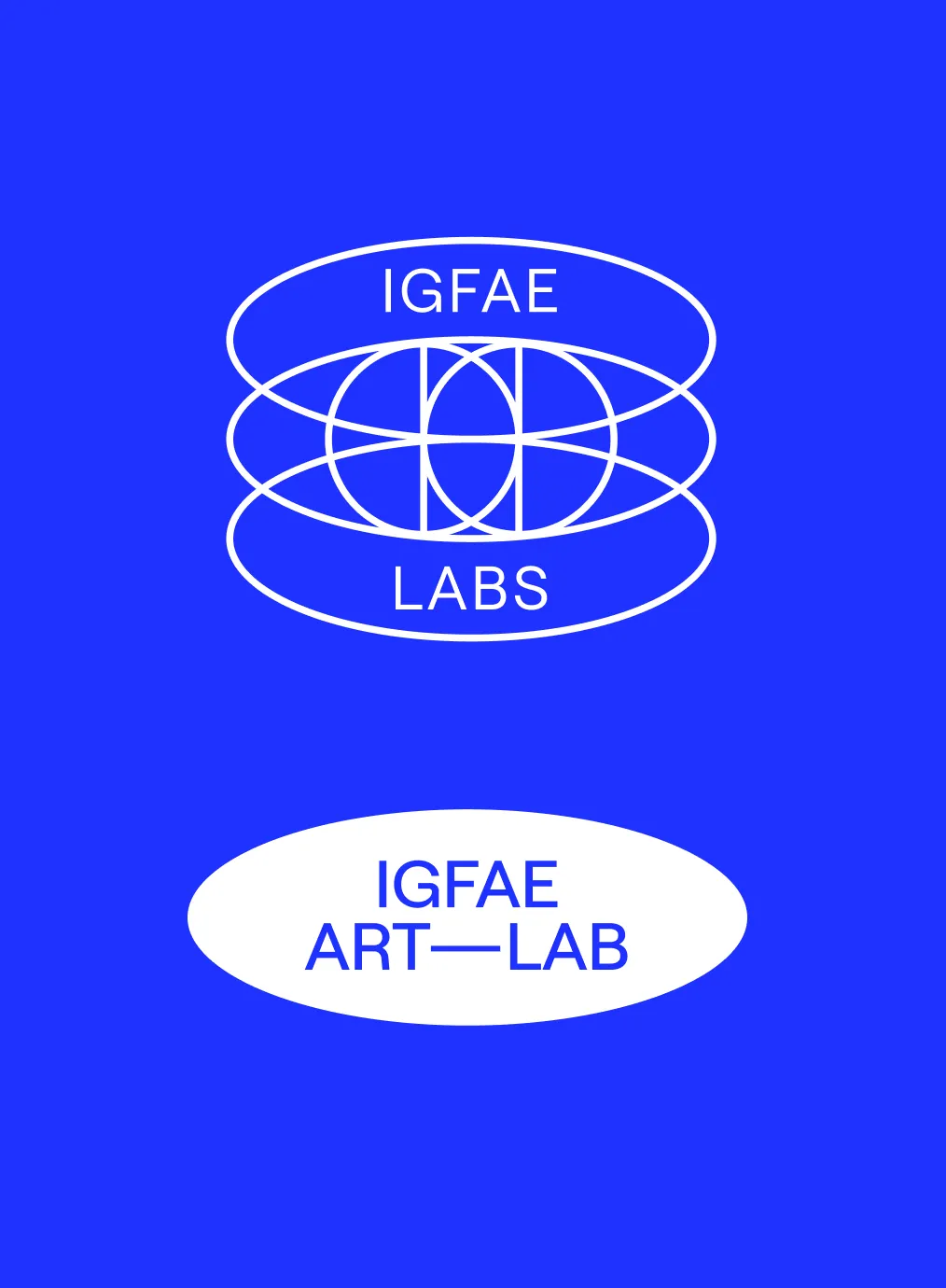
ArtLab
For years, the IGFAE has promoted dialogue between art and physics through its ArtLab programme. With the help of the Institute’s research staff and external collaborators from various disciplines, this initiative seeks to build bridges between society and the scientific community, promoting reflection, creative thinking and common workspaces.
Instruments of Vision is part of this line of work, which will be continued in the near future with the call for artistic residencies, in line with other transdisciplinary projects.
Founded in 1954, CERN, the European Organisation for Nuclear Research, emerged from a vision of reviving excellence in scientific research in Europe and promoting peaceful collaboration. Since then, it has pushed the frontiers of human knowledge and technological innovation. In its early days, our understanding of the subatomic world was far from complete. Today, we know that visible matter is composed of a remarkably small number of particles governed by four fundamental forces.
CERN has been at the forefront of this scientific adventure, achieving foundational discoveries and driving innovation. Home to the Large Hadron Collider, the world’s most powerful particle accelerator, witnessed the discovery of the Higgs boson in 2012. CERN is also the birthplace of the World Wide Web, originally conceived as a tool for scientists to share data. The impact of CERN technology reaches wider society, with applications in medical therapies, environmental protection, and more.
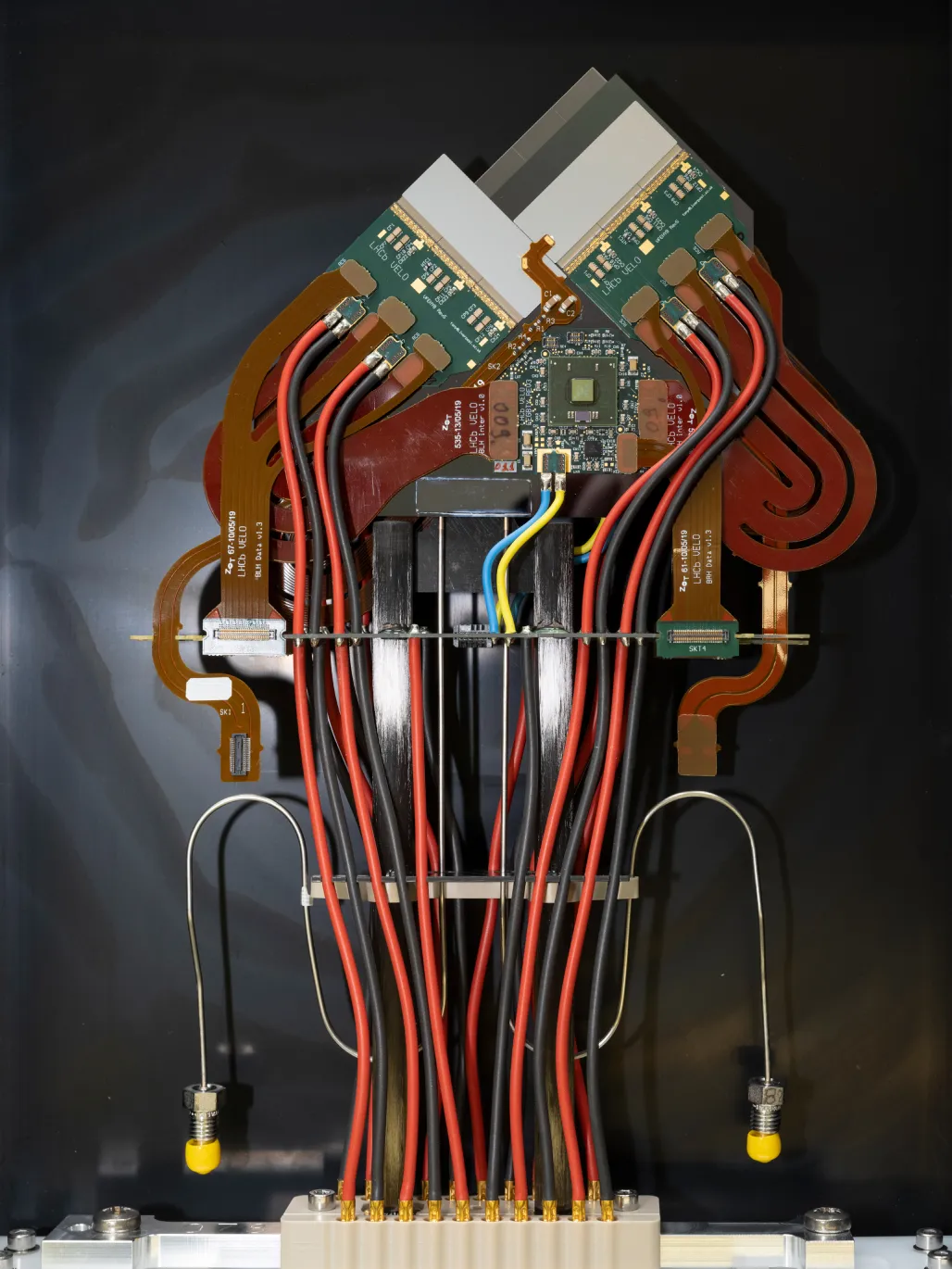
Since its foundation, CERN has also been a unique place of inspiration for artists. As early as 1972, James Lee Byars became the first artist to visit, exploring the Laboratory’s experimental facilities, and engaging with the work of theoretical physicists, such as renowned John Bell. The subsequent decades saw a continued influx of artists like John Berger, Anselm Kiefer, Mariko Mori, Gianni Motti and Cerith Wyn Evans, paving the way for the foundation of the Laboratory’s arts programme.
Arts at CERN was created to foster dialogue between artists and scientists. The first artistic residency took place in 2012, and since then artists from all over the world are invited to experience how science pursues the big questions about our universe. Our mission is to facilitate significant exchanges between art and physics, reaching out to the international cultural community eager to connect with CERN.
As CERN commemorates its 70th anniversary in 2024, it reflects on its remarkable past achievements while eagerly looking forward to its promising future. With many mysteries of the universe yet to be unravelled, CERN continues to serve as a beacon of inspiration for both scientific and creative communities alike. Through Arts at CERN, the Laboratory continues exploring the profound significance of fundamental research in our society. By offering spaces for artistic inquiry within the research context, CERN stands as a unique place for cultural innovation.
IGFAE
Instituto Galego de Física de Altas Enerxías
Rúa Xoaquín Díaz de Rábago, s/n 15705 Santiago de Compostela
communication@igfae.usc.es
Visitas
During the opening period of the exhibition, several guided tours will be organised. They will take place on 25 June, 16 and 23 July, 20 and 27 August and 19 September. Prior registration is required, using this form.